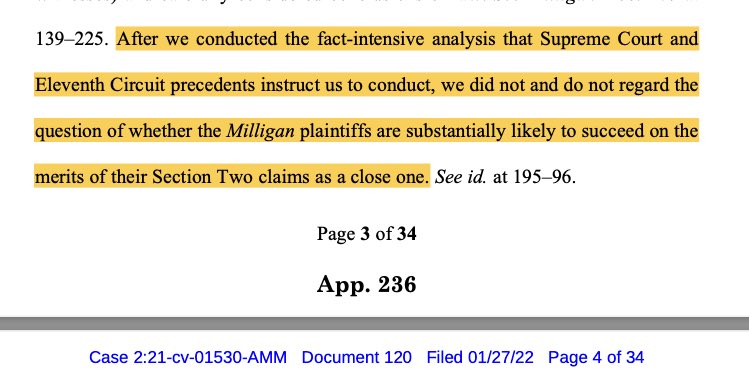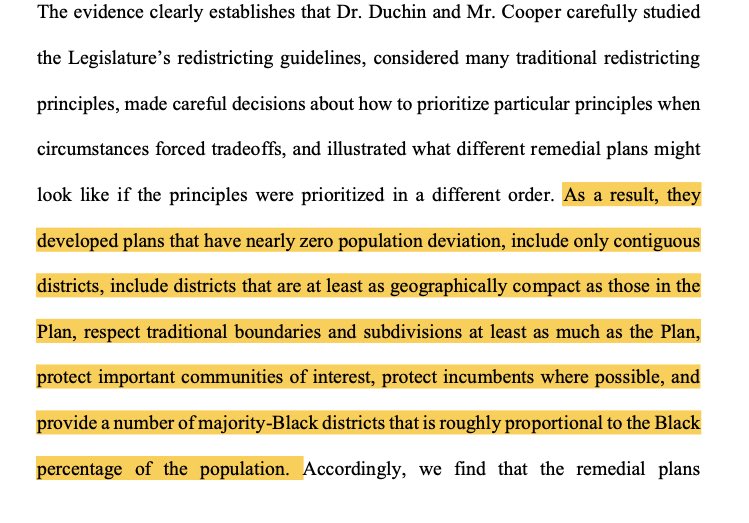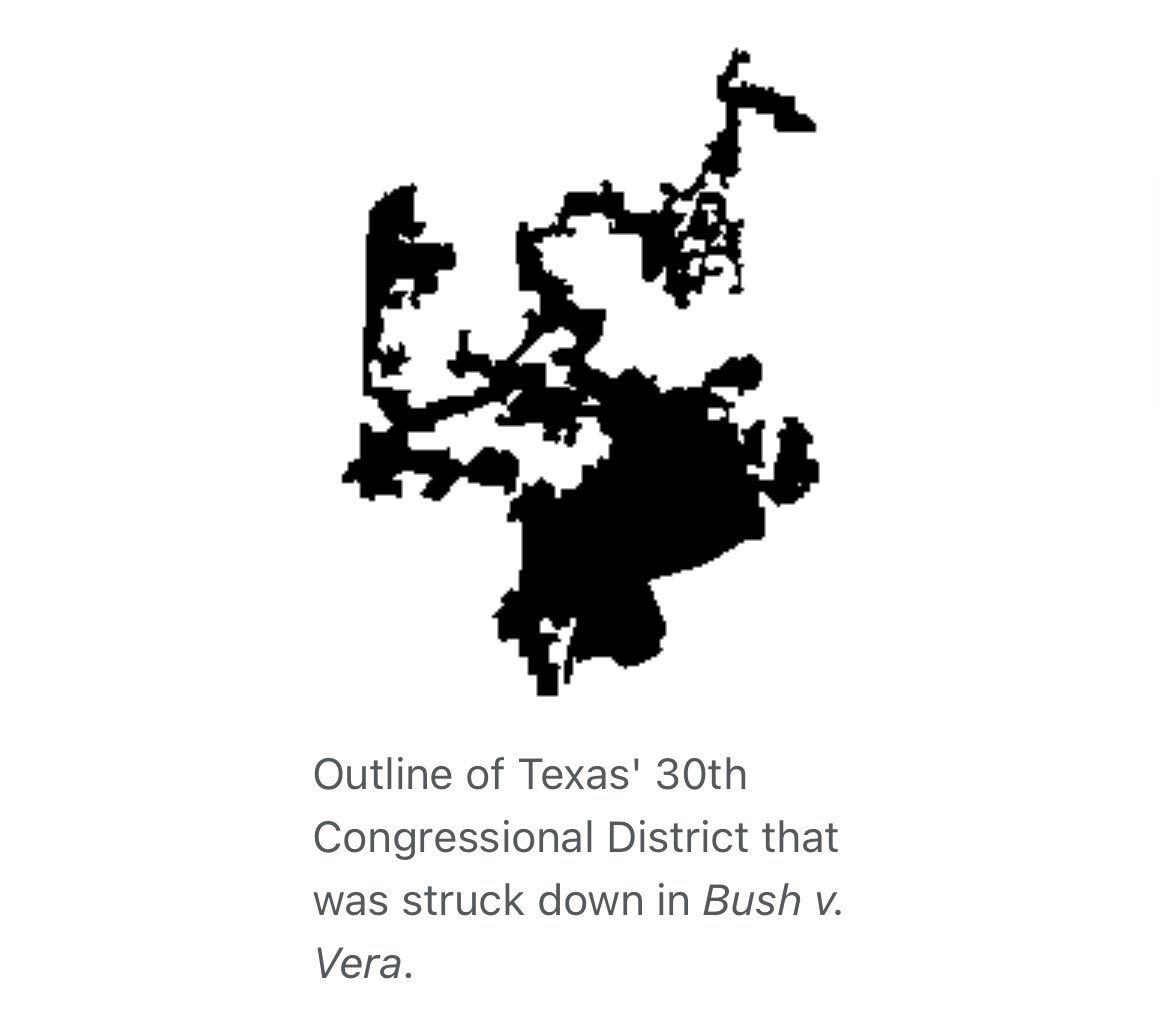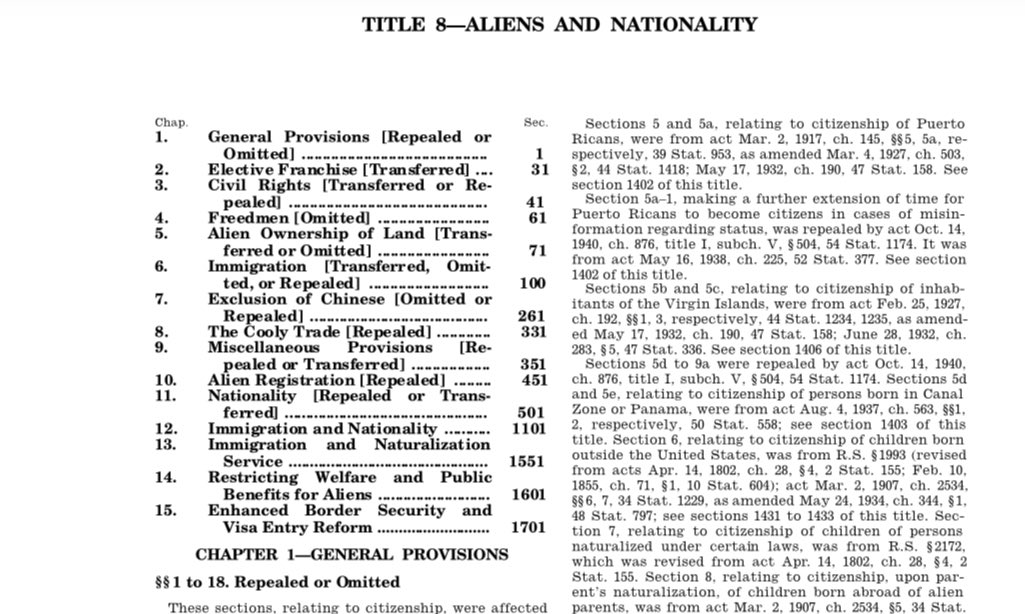
A week from today, SCOTUS will hear oral argument in a congressional redistricting case from Alabama that could rewrite Section 2 of the Voting Rights Act. A 🧵 on the arguments and what is at stake. 1/ 

Let’s start with the relief being sought. Under the map passed by lawmakers, the state’s Black Belt region is divided among four congressional districts - the 7th, which is majority Black, & the 1st, 2nd, and 3rd which have a Black pop of 30% or less. 2/ 

As a result of this division, Black voters have an ability to elect only in the Black majority 7th. In the other 3 districts, the Black population is too low for Black voters to be politically effective given the state’s *extremely* high levels of racially polarized voting. 3/
While in many parts of the country, Black & other minority voters can form cross-racial coalitions through the “pull, haul and trade” of politics, that’s much harder to do in AL, where on average only ~15% of white voters are willing to support Black-preferred candidates. 4/
That high level of racially polarized Ed voting means if Black voters in a place like Alabama are unnecessarily divided among districts, Black political power can easily be diluted. 5/
And that’s exactly what Black voters in Alabama say happens under the state’s map through surgical choices like putting the city of Montgomery & next door Macon Co (home to Tuskegee) in different districts - and the areas between Montgomery & Tuskegee in yet a third district. 6/ 

By contrast, Black voters say that it would be easy to draw a second Black opportunity district in the region. The yellow colored districts in the maps below are just four examples that the plaintiffs submitted to the trial court. (There are many more possible variants.) 7/ 

And they argue that not only would an additional Black majority or plurality district in the Black Belt be a Black electoral opportunity, it actually makes sense for non-racial reasons as well. 8/
Indeed, the plaintiffs point out that Alabama *itself* keeps the region much more intact in its State Board of Education map. 9/ 

In January, a three-judge trial court they included two Trump appointees *unanimously* agreed, writing a 225-page opinion that found that Alabama’s congressional map violated Section 2 of the VRA. In the words of the court, it was not a close call. 10/ 

Alabama, however, appealed to the Supreme Court, which blocked the redrawing of the map and put the case on an expedited track for argument this term. 11/
So what exactly is Alabama arguing that a trial court that included two Trump appointees got wrong? 12/
Its first argument is that any attempt to remedy vote dilution must be done on a completely race-blind basis and wholly comply with whatever “race neutral” districting rules a state has in place. 13/
This is a pretty head spinning argument. For starters, as every first- year law student learns, there’s the Constitution’s Supremacy Clause which makes federal law supreme over conflicting state law. 14/
The Supremacy Clause means that if there is a conflict, e.g., between a state law that says don’t divide counties and the federal constitution’s requirement that districts be equally populated, federal law wins out. Ditto for a conflict with the VRA. 15/
Alabama’s argument also is inconsistent with Supreme Court precedents on how and when race can be considered in redistricting. 16/
Under its color-blind reading of the 14th Amendment, Alabama argues that if a map drawer had to consider race at all in trying to draw a remedial district, the resulting district is an unconstitutional racial gerrymander. 17/
That would be a major reworking of the Supreme Court’s racial gerrymandering jurisprudence, which (for now at least) holds that race can be considered as one of many factors when drawing maps - it just can’t “predominate.” 18/
Under the Supreme Court’s racial gerrymandering line of cases, race predominates in line drawing when groups of voters who have nothing or little in common, other than their race, are joined together to meet some racial target or goal based on stereotyped assumptions. 19/
There are many well-know examples of racial gerrymanders - for example, North Carolina’s 12 District from the 1990s which wound snake-like across the state from Charlotte northward. 20/ 

While it is relatively easy in the case of the 1990s versions of NC-12 and TX-30 to argue that race predominated over all other non-racial considerations, that’s much harder to do with the Alabama plaintiff’s demonstration maps. 22/ 

Not only do the Alabama plaintiffs’ districts (in yellow) “look” nicer, they indisputably keep together a well-defined community that shares a whole host of similarities & common interests besides race - namely the heavily rural and heavily impoverished Black Belt. 23/ 

Indeed, the three-judge trial court (including 2 Trump appointees) described Alabama’s Black Belt as a community of interest of “substantial significance.” 24/ 

But perhaps more problematically for Alabama’s argument that race predominated over the state’s “race neutral” criteria, the court found that the plaintiffs plans did at least as good a job of complying with those criteria as the state’s map. 26/ 

The only “race neutral” criteria that Alabama can point to are incumbency protection and the preservation of the cores of districts, neither of which the court found were strong interests and both of which the court found were substantially followed in the plaintiffs’ plans. 27/
In short, accepting Alabama’s racial gerrymandering argument would require the court to hold that even minor variations from a state’s districting rules is enough to be a racial gerrymander. The court could go there but it would be a radical step. 28/
In essence, Alabama argues for a states’ rights version of the VRA where state law has priority over federal law and where states would have free rein to design “race neutral” rules that make a finding of Section 2 liability impossible. 29/
Alabama’s second main argument is even more radical. It argues that use of Section 2 should be limited to challenges to at-large elections or use of multimember districts and that it should play no role when single-members districts are used. 30/
Under this version of Section 2, minority voters could use Section 2 to force a city to adopt single-member districts for its city council elections but would be barred from challenging maps if subsequent districts were drawn in a discriminatory fashion. 31/
Needless to say, this would also be a major reworking of the VRA, one that would require the Supreme Court to abandon decades of precedent. 32/
A couple of notes, however, on things that Alabama is *not* arguing at SCOTUS. 33/
First, it is not arguing that individual voters have no standing to bring Section 2 claims (i.e., that only DOJ can bring claims). It made that argument in the trial court but has not made it on appeal. 34/
Second, Alabama is not arguing that Section 2 has no role in redistricting - a position that Justice Thomas and Justice Gorsuch have been sympathetic to. Instead, it just wants to limit and circumscribe what Section 2 does in redistricting. 35/
But that’s small saving grace because what Alabama is asking for would turn the VRA upside down.
If SCOTUS rewrites Section 2 so that isn’t powerful enough to address the stark facts & conditions of Alabama’s Black Belt, it’s hard to see it having much force elsewhere. 36/
If SCOTUS rewrites Section 2 so that isn’t powerful enough to address the stark facts & conditions of Alabama’s Black Belt, it’s hard to see it having much force elsewhere. 36/
I’ll have more to say about the case later, but it’s 3 pm and I haven’t had lunch yet. So #priorities. 37/
Oh, one other argument by Alabama bears mentioning because it is both humorous and instructive - that’s the argument that separating the city of Mobile from Baldwin Co would sever a community of interest with a shared “French and Spanish colonial history.” 38/ 

But as even the state’s witnesses conceded, while Mobile and Baldwin Co. might be a community of interest, so is the Black Belt. And as the trial court noted, Alabama itself joins Mobile to the Black Belt in its State Board of Education map (District 5). 39/ 

The court made quick work of the argument but it illustrates how a rule that requires compliance with all of a state’s arbitrary & essentially made up“race neutral” policy choices could easily be used to undermine minority representation. 40/
• • •
Missing some Tweet in this thread? You can try to
force a refresh












